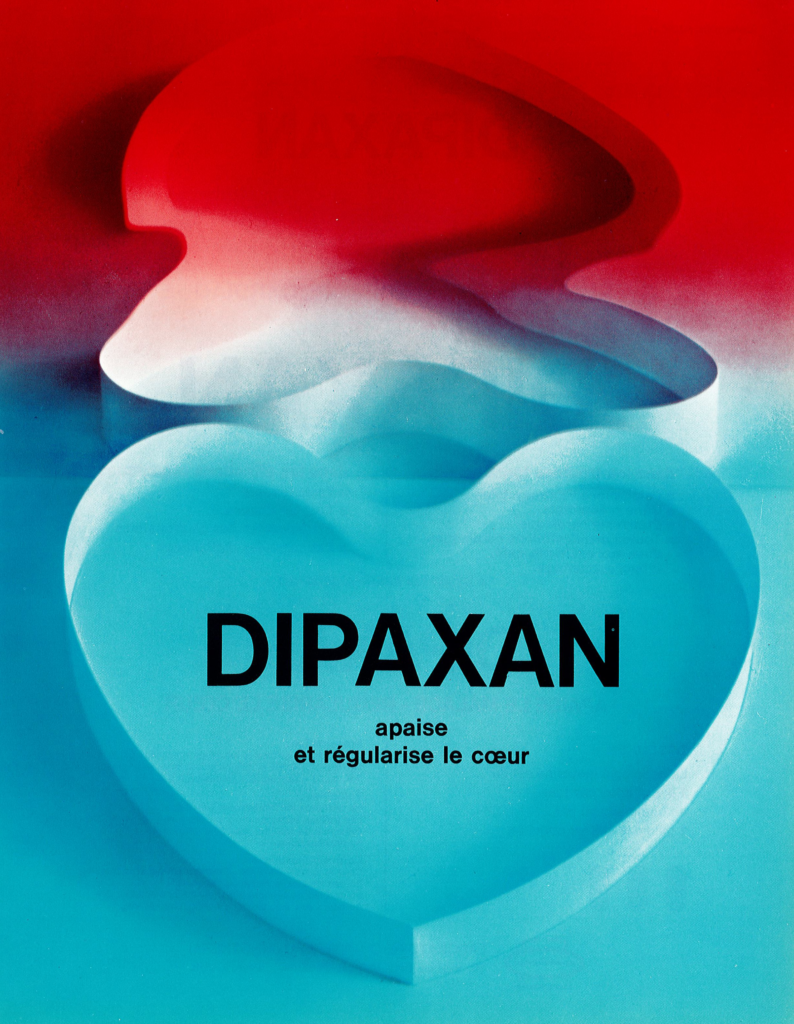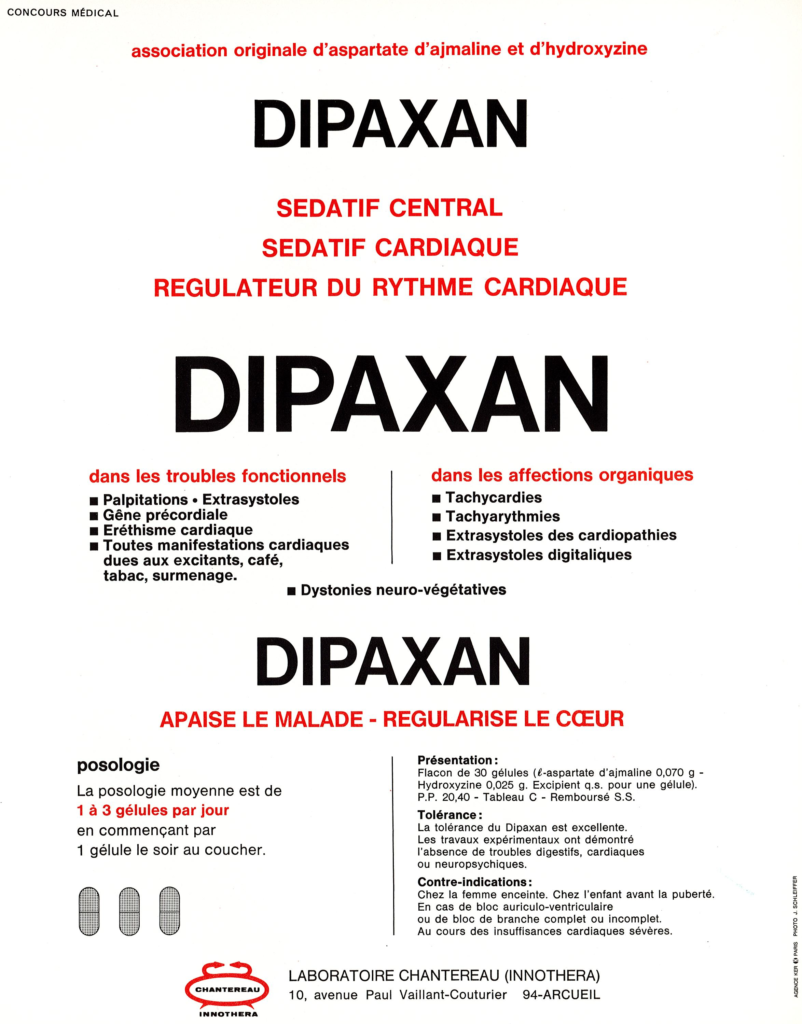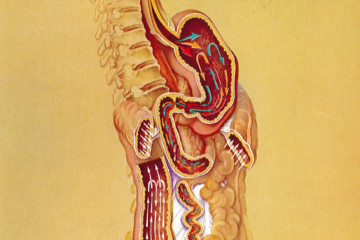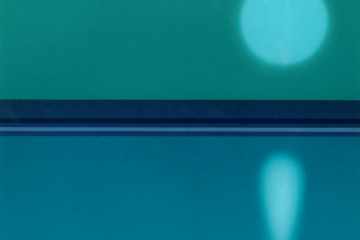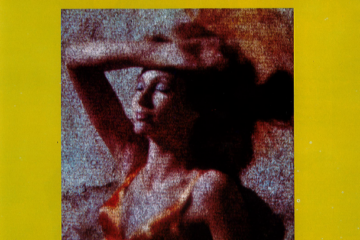Ajmaline is an antiarrhythmic alkaloid (discovered by Hakim Ajmal Khan, a well-known practitioner of Unani medicine in India, at the beginning of the XXth century). The drug functions as a channel blocker (open channel inhibitor of cardiac Kv1.5 and Kv4.3 channels) and is used to treat certain cardiac rhythm disorders. Notably, it is widely used for the diagnosis of Brugada syndrome (an inherited disorder associated with risk of sudden cardiac death) and the acute treatment of atrial or ventricular tachycardia. Chemically, ajmaline is a monoterpenoid indole alkaloid extracted from plants of the genus Rauvolfia (in particular Rauvolfia serpentina Benth).
Hydroxyzine is a first-generation antihistaminic used here in combination with ajmaline to treat dysrhythmia but, otherwise, hydroxyzine is used largely for symptoms of itching, nausea, anxiety and tension. Nowadays, the second-generation antihistamine cetirizine (active metabolite of hydroxyzine) is preferred for the treatment of allergic rhinitis to minimize the possibility of sedative adverse effects that may occur with hydroxyzine.
Dipaxan is no longer used today but ajmaline is used clinically to unmask latent type I ECG in Brugada syndrome and hydroxyzine is used for symptom relief in pruritus.
